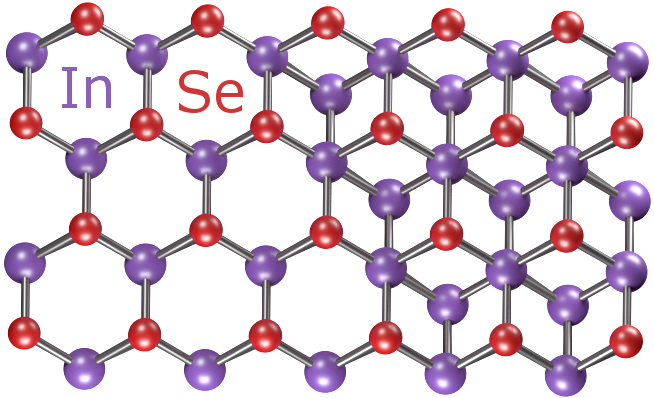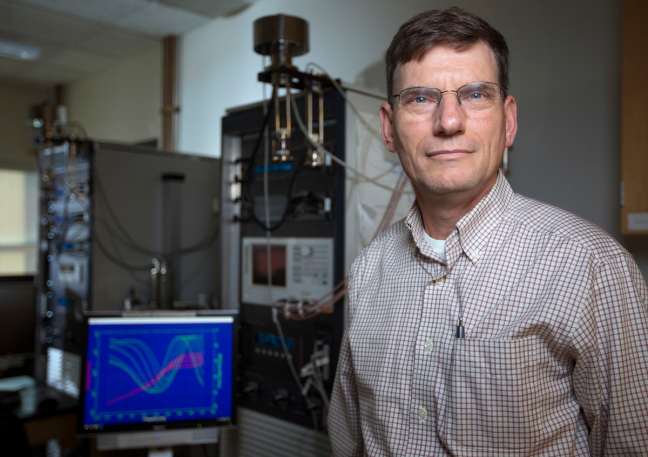
Grace Hopper
Two female tech pioneers won the Presidential Medal of Freedom. Grace Hopper, known as the “first lady of software,” and Margaret Hamilton, regarded for her leadership role in a NASA software team that helped land a man on the moon, continued to break the glass ceilings in computer science upon receiving this prestigious award.
Hopper was one of the first programmers of the Harvard Mark I and a pioneer in computer science until she passed away in 1992.
When discussing Hopper’s achievements, U.S. President Barack Obama said, “If Wright is flight, and Edison is light, then Hopper is code.”

Margaret Hamilton
Hamilton played a major role on the 1960s NASA team that got a man to the moon. She was critical in developing the on-board flight software for the Apollo space program.
President Obama said, “Luckily for us, Margaret never stopped pioneering. She symbolizes that generation of unsung women who helped send humankind into space.”
From cellphones to cyber command, the work of these women has helped shape the world we currently live in.


 Newly developed semiconductor materials are showing promising potential for the future of super-fast electronics.
Newly developed semiconductor materials are showing promising potential for the future of super-fast electronics.

 Molecube
Molecube Free the Science
Free the Science Twenty-sixteen marked the 25th anniversary of the commercialization of the lithium-ion battery. Since Sony’s move to commercialize the technology in 1991, the clunky electronics that were made possible by the development of the transistor have become sleek, portable devices that play an integral role in our daily lives – thanks in large part to the Li-ion battery.
Twenty-sixteen marked the 25th anniversary of the commercialization of the lithium-ion battery. Since Sony’s move to commercialize the technology in 1991, the clunky electronics that were made possible by the development of the transistor have become sleek, portable devices that play an integral role in our daily lives – thanks in large part to the Li-ion battery. For the third year in a row, global carbon dioxide emissions from fossil fuels and industry have barely grown, while the global economy has continued to grow strongly. This level of decoupling of carbon emissions from global economic growth is unprecedented.
For the third year in a row, global carbon dioxide emissions from fossil fuels and industry have barely grown, while the global economy has continued to grow strongly. This level of decoupling of carbon emissions from global economic growth is unprecedented.
 Renewable energy efforts around the world have grown exponentially over the past few years. Countries such as Japan have developed the world’s largest
Renewable energy efforts around the world have grown exponentially over the past few years. Countries such as Japan have developed the world’s largest  President…Donald…Trump. For those on both sides of the aisle who vowed “Never Trump!,” that’s going to take some getting used to. On this morning after a stunning election, the first impulse may be to describe the future in apocalyptic phrases. Game over for the climate! Game over for NATO! Game over for the Clean Power Plan! Game over for Planned Parenthood!
President…Donald…Trump. For those on both sides of the aisle who vowed “Never Trump!,” that’s going to take some getting used to. On this morning after a stunning election, the first impulse may be to describe the future in apocalyptic phrases. Game over for the climate! Game over for NATO! Game over for the Clean Power Plan! Game over for Planned Parenthood!